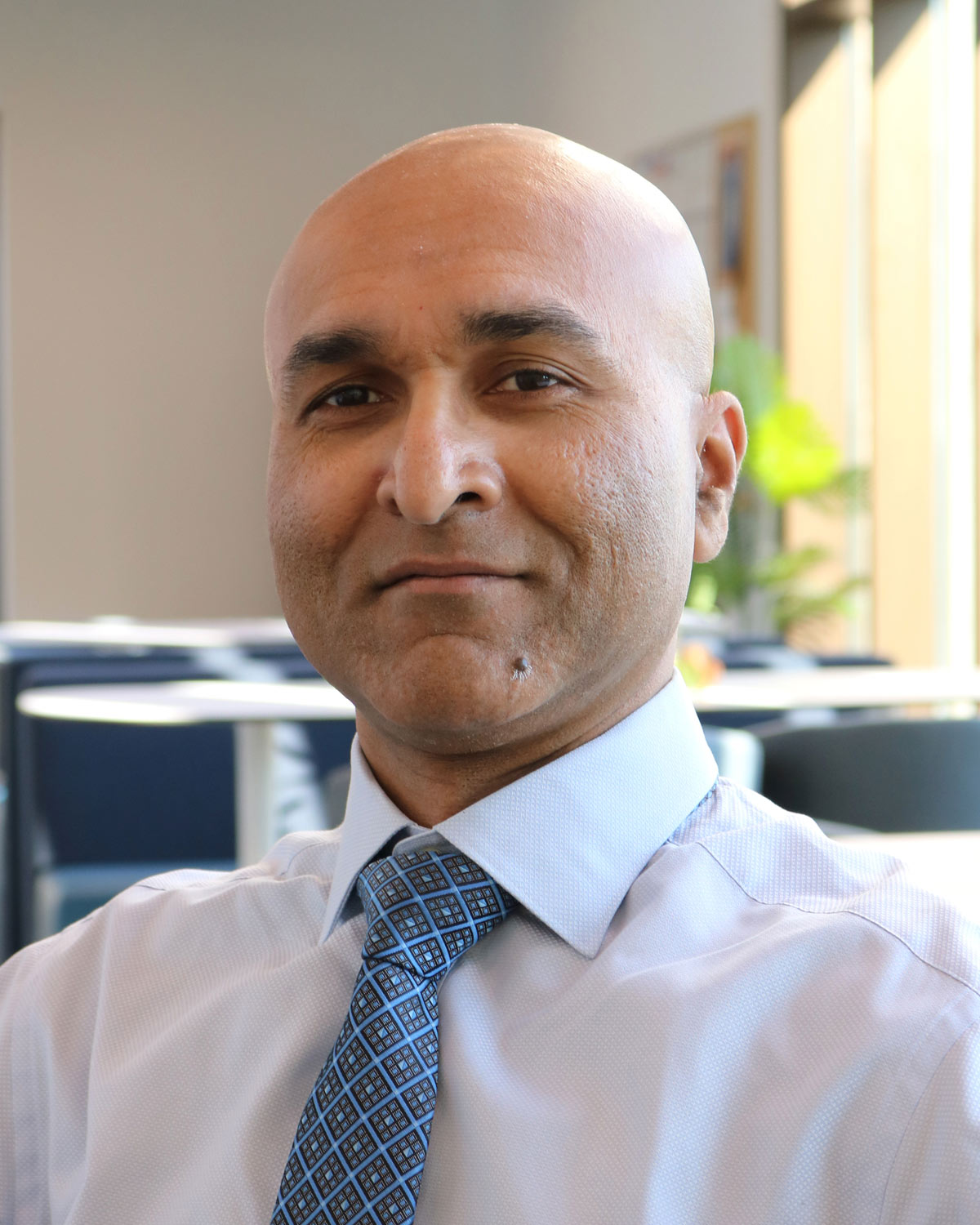Grants
Doctoral research grant from The L. S. B. Leakey Foundation (US$ 11,880). Project
title: Physiological, histological and mechanical characteristics of selected epaxial
muscles in primates.
Publications
Huq E, Taylor AB, Su Z, Wall CE. 2018. Fiber type composition of epaxial muscles is
geared toward facilitating rapid spinal extension in the leaper Galago senegalensis. American Journal of Physical Anthropology 166 (1): 95-106.
Huq E, Bailie P. 2017. A rare bifurcation pattern of the sciatic nerve.” Anatomy Journal of Africa 6 (3): 1011-1014.
Huq E, Wall CE, Taylor AB. 2015. Epaxial muscle fiber architecture favors enhanced
excursion and power in the leaper Galago senegalensis. Journal of Anatomy 227 (4): 524-540.
Wall CE, Briggs M, Huq E, Hylander WL, Schachat F. 2013. Regional variation in the
myosin heavy chain composition in the temporalis muscle of female and male baboons
(Papio anubis). Archives of Oral Biology 58 (4): 435-443.
Conference Presentations
Huq E, Taylor AB, Wall CE. Fiber type composition of spinal extensors is geared toward
rapid spinal extension in the leaper, Galago senegalensis. American Journal of Physical Anthropology. 2013. 150 (S56): 155. DOI: 10.1002/ajpa.22247.
Presented at the 82nd annual conference of the American Association of Physical Anthropologists,
Knoxville, TN.
Huq E, Wall CE, Taylor AB. A preliminary comparison of spinal extensor muscle fiber
architecture in Galago senegalensis and Nycticebus coucang. American Journal of Physical Anthropology. 2011. 144 (S52): 172. DOI: 10.1002/ajpa.21502.
Presented at the 80th annual conference of the American Association of Physical Anthropologists,
Minneapolis, MN.
Huq E, Jungers WL. Tail length and sacral dimensions in living and subfossil Malagasy prosimians. American Journal of Physical Anthropology. 2009. 138 (S48): 231. DOI: 10.1002/ajpa.21030.
Presented at the 78th annual conference of the American Association of Physical Anthropologists.
Chicago, IL.
Huq E. 2019. Vertebral arch morphology of UMP 67.28 (Morotopithecus bishopi) and its implications for determining positional behavior in fossil primates.
Presented at the 3rd annual research symposium of the University of Texas-Rio Grande
Valley School of Medicine, McAllen, TX.


